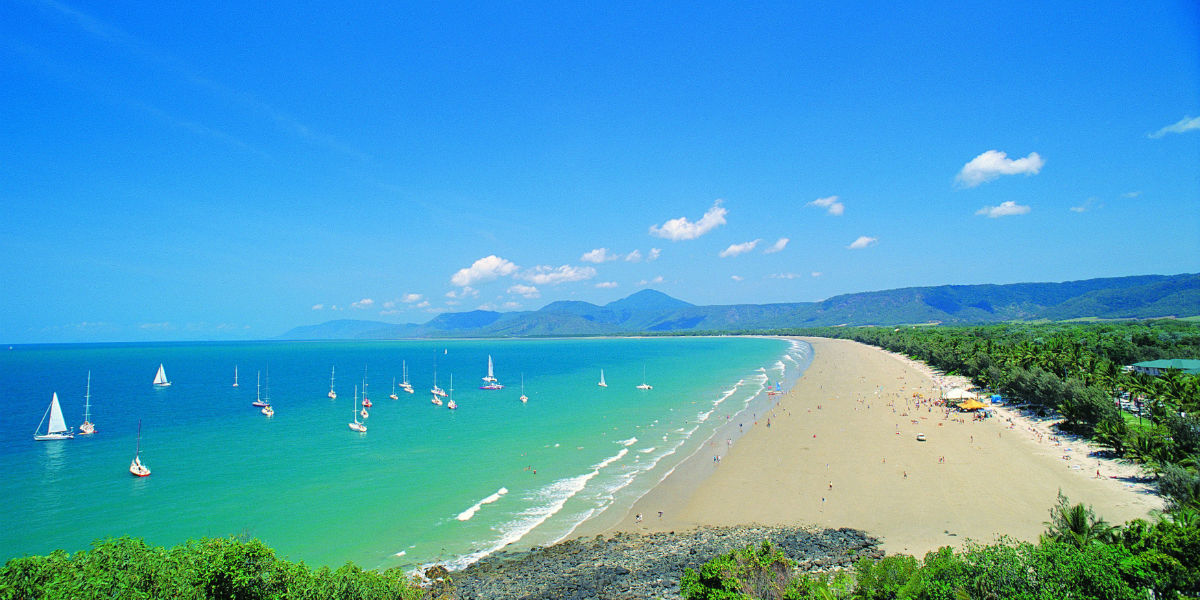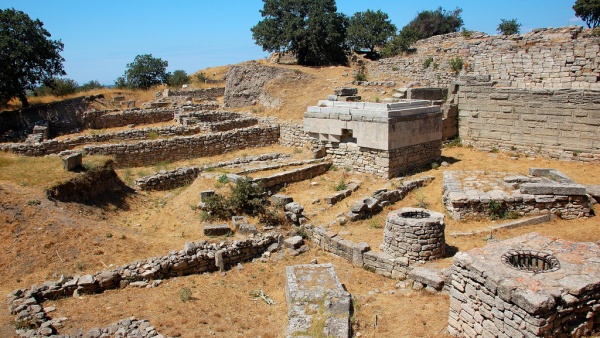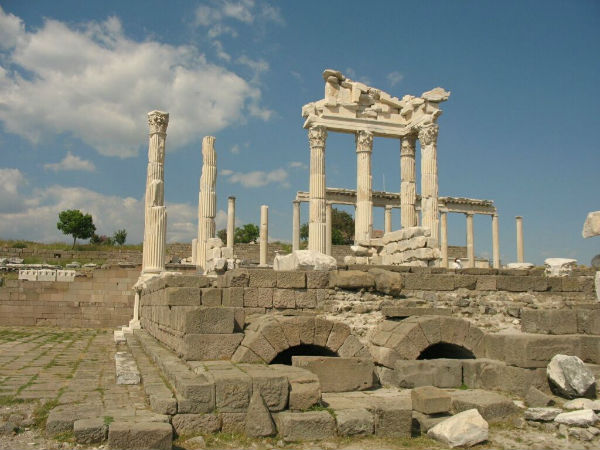Day 1. Arrival in Istanbul.
Day 2. Travelling in the footsteps of the great king-conqueror, we will start our journey with a city that, as if a magnet, attracted the mighty heroes and face them together in grand battles for centuries. Ancient Troy. The history of this ancient city is connected not only with the beautiful Helen and the Trojan horse. The famous battle on the river of Granicus took place not far from Troy. The victory of Alexander over the Persian army opened the way to the coast of the Aegean Sea to mighty Macedonians.
Traveling farther, we will stop in the town of Gyure, in the hotel with thermal springs at the foot of the Kaz Mountains. The ancient name of the mountain, “Ida” can be repeatedly found in Homer’s “Iliad”. Many events of Greek mythology are associated with this place. There are numerous ancient monuments located in the vicinity of the city. Gyure is surrounded by olive groves. The unique pine forests of the National Park of Mount Kaz make the air in the neighborhood not just clean, but also curative. A medicinal herbs growing on the slopes of the mount are used for the treatment and prevention of many diseases; many plants are used for food, as cosmetic ingredients and spices.
Day 3. We will head to the ancient city of Pergamon known throughout the world for the invention of a brand new writing material – parchment. During excavations in the modern city of Bergamo (Pergamon), there was found one of the first portrait germs – head of Alexander, now kept in Istanbul.
One of the main attractions of the city is the Pergamon acropolis. The grand complex of buildings perfectly integrates into the hilly terrain.
The next town to visit is ancient Smyrna, or Izmir. The history of the beautiful city on the striking coast of the Aegean Sea counts about 5000 years. And all this time, the city did not stop its rough and tempestuous life. Kadifekale fortress built by Alexander the Great and rebuilt many times and supplemented in the days of the Romans, Byzantines, Seljuk Turks and Ottomans preserved up to this day in the form completed in the XV century. The fortress opens up a grand view of Izmir and its environs.
Following the army of Alexander the Great, we find ourselves in the famous Ephesus. This city, witness of many eras and events, is a cherished tourist destination now. The inhabitants of ancient Ephesus met Alexander the Great as a liberator from Persian rule.
Not far from Ephesus, in a distance of about 7 km, we can find Mount Bulbul (the ancient name Koresos), a holy spring and House of the Virgin: according to tradition, Virgin Mary lived here during the persecution of Christians under the patronage of St. John the Evangelist.
One of the seven wonders of the world, the temple of the goddess Artemis, is located not far from Ephesus near the modern town of Selcuk. The magnificent temple of IV century BC was burnt down, rebuilt and destroyed again. Only one column of the ancient foundation has been restored to our times.
Next. we will head to Kuşadası. The city had also been separated from the Persian rule and became a part of the Macedonian empire of Alexander the Great. Kuşadası will give you unforgettable pleasure of walking along the scenic waterfront.
Day 4. The first city to visit is Bodrum and the ruins of the ancient city of Priene. Priene temple of Pallas Athena was consecrated by Alexander the Great.
Next stop on the route is another city with a long and glories history – Miletus, one of the few cities on Aegean coast resisted to the armies of Alexander the Great, partially destroyed afterwards but carefully restored in the end. A renowned native of Miletus was Thales, the “father of philosophy”. Astronomy, physics, cosmology and theology are only the parts of the scientific fields of activity of Thales. His conclusions, discoveries and theorems confirmed by modern science are used to this day.
Miletus is located near the town of Didim (ancient Didyma). People from every corner of the Oecumene were traveling with valuable gifts to the temple of Apollo in Didim, the sacred oracle. Today, the temple of Apollo is one of the best preserved ancient buildings.
Bodrum in next! Now it is a popular resort on the coast of Aegean Sea. In ancient times, the city was called Halicarnassus. Ancient city once looked like an amphitheater. Also, it is known as the birthplace of prominent historian Herodotus. There are few hints and reminisces of glorious history of Halicarnassus left to our days. As a result of long and difficult siege led by Alexander, the Persian warlord of Greek origin Memnon retreated, leaving the empty city to the Macedonian army. The only object of the ancient city not ceded to Macedonians was the Acropolis. Eventually, Halicarnassus was destroyed and the Persian kingdom of Caria joined the mighty empire of Alexander the Great.
But the great commander was unable to erase the glory of one of the seven wonders of the world, the Mausoleum of Halicarnassus. The world “mausoleum” comes exactly from the name of King Mausolus rested at the emphasized tomb. Descriptions of this grandiose construction can be easily found in the writings of many historians. Unfortunately, the earthquake of the XIII century was ruthless to the miracle of the Ancient World. Today we can see only the ruins of the legendary Mausoleum.
The Museum of Underwater Archaeology could be called as the “Miracle of Halicarnassus”. The ancient fortress of St. Peter hosts the exhibition of incredible discoveries raised from sunken ships. Interestingly, the ships themselves have become museum exhibits as well.
Day 5. On the way to Fethiye we will visit the ancient Lycian city of Caunos famous for unusual rock graves. Next, we will head to the “Turkish Venice” – Dalyan with a visit to the picturesque Lake Koycheiz. Dalyan is a place popular among the European tourists: ancient ruins, amazing climate and beautiful landscapes attract lovers of quiet relaxation. A local beach (Iztuzu) is known for the fact that every year millions of loggerhead (Caretta) sea turtles’ eggs are laid here.
After lunch, we will visit the hospital of the University of Pamukkale treating the above-mentioned sea turtles.
Touring Fethiye and Oludeniz Beach we will conclude the fifth day of our incredible journey.
Day 6. On the way to the paradise island of Kekova, we will visit the ancient Lycian city of Xanthos – another city surrendered to Alexander. This small town is full of sights of the ancient period.
After dinner on the beach of the village of Kaleuchagyz (ancient Teymussa), we will take a boat trip along the coast of the island of Kekova. Ruins of Teymussa and Kekova partially gone under the water, the beauty of nature, clean blue water promise you a wonderful evening.
Day 7. We will head to Antalya through the ancient city of Myra, once the capital of the former Lycia. St. Nicholas was the bishop of Myra in former times. Today he is known as Santa Claus throughout the world. You can visit the church of St. Nicholas in Myra as well.
The city has preserved many ancient architectural constructions of grand and antique Lycian capital.
We will make a stop in Phaselis to get acquainted with the ancient city and relax on the beach. The city of Phaselis was once famous for roses and purple oil. Residents of Phaselis even welcomed Alexander the Great with the golden crown. End the seventh day of our journey in Antalya.
Day 8. On the way to Afyon we will drive past the ancient city of Dinar once occupied a strategically important place on the map of the ancient world. King Xerxes and Alexander the Great passed through the city during the war campaign broke out on the Asia Minor. Nowadays, this town is known for numerous Turkish folk songs originated in Dinar.
Afyon is the city that existed even in the times of the Hittite Kingdom. The city witnessed a plenty of historical events including the conquest of Alexander the Great.
In Afyon, we will visit the Seljuk fortress that served as the treasury of the sultan. The fortress was originally founded by Hittites and was completed by all subsequent invaders.
Besides the fortress, you must visit the oldest mosque of Afyon – Ulu-Jami built in the XIII century. Nowadays, the city is famous for its thermal springs.
Polatli is also an interesting site to visit. The ancient name of Polatli is Gordium; the fragments of ancient pebble mosaics extant from the ancient Kingdom of Phrygia are still preserved in the city. Many archaeological findings in Gordium belong to the Early Scythian period.
Day 9. The final day of our trip! Travelling way back to Istanbul through the city of Eskisehir. The name Eskisehir itself (“Old Town”) tells of the long history of the city. Eskisehir stands out among the other Turkish cities due to original culture. And if you will ask an ordinary Turk about Eskisehir, he/she will immediately say that famous Khoja Nasreddin was born there.
Speaking of Alexander the Great, be sure to mention the fact that he was neither a destroyer nor a creator. Alexander multiplied knowledge, collected libraries and built new cities. Thanks to him, every small town and the streets he walked in will remain in history forever.




